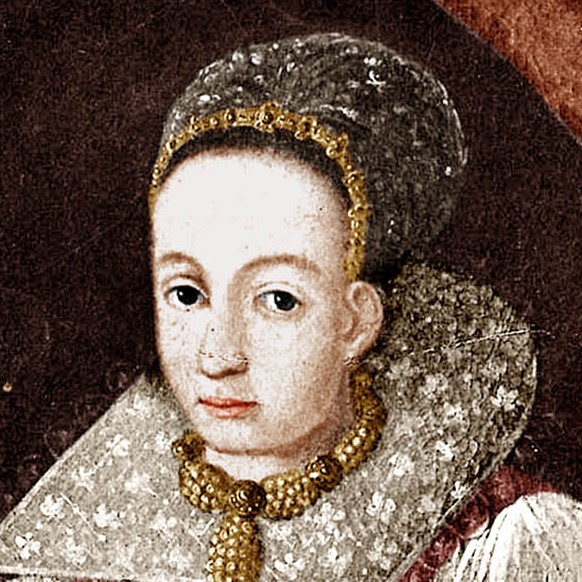
1560 - 1614
Elizabeth Báthory
Summary
Name:
Elizabeth BáthoryNickname:
The Blood Countess / Countess DraculaYears Active:
1590 - 1610Birth:
August 07, 1560Status:
DeceasedClass:
Serial KillerVictims:
1 - 650Method:
Torturing / Mutilation / Starvation / BeatingsDeath:
August 21, 1614Nationality:
Hungary
1560 - 1614
Elizabeth Báthory
Summary: Serial Killer
Name:
Elizabeth BáthoryNickname:
The Blood Countess / Countess DraculaStatus:
DeceasedVictims:
1 - 650Method:
Torturing / Mutilation / Starvation / BeatingsNationality:
HungaryBirth:
August 07, 1560Death:
August 21, 1614Years Active:
1590 - 1610bio
Elizabeth Báthory was born on August 7, 1560, in Nyírbátor, Royal Hungary, into one of the most powerful noble families in Eastern Europe. Raised at Ecsed Castle, she came from both branches of the prominent Báthory family—her father, Baron George VI Báthory of the Ecsed line, and her mother, Anna Báthory of the Somlyó branch. Through her mother, Elizabeth was the niece of Stephen Báthory, Prince of Transylvania and later King of Poland and Grand Duke of Lithuania.
She was well-educated for a woman of her time, speaking Latin, German, Hungarian, and Greek. Her upbringing was influenced by her Calvinist Protestant background and the era’s harsh norms of nobility, where wealth and cruelty often walked hand in hand. Some accounts claim she suffered from epileptic seizures in her youth, which led to controversial treatments such as the use of blood from non-sufferers—an eerie detail given her later reputation.
At age 13, Elizabeth was allegedly impregnated by a peasant boy, and the child was said to have been given away—though this claim remains speculative. On May 8, 1575, she married Count Ferenc Nádasdy in a politically strategic union. Her husband, from the equally powerful Nádasdy family, gifted her Castle Csejte (Čachtice) as a wedding present.
While Ferenc was away fighting the Ottomans, Elizabeth managed the estates and villagers, often personally overseeing the welfare of those under her domain. She bore five known children: Anna, Orsolya, Katalin, András, and Pál. After nearly three decades of marriage, Ferenc died in 1604 from a mysterious illness, leaving Elizabeth a powerful and independent widow.
murder story
Starting in the early 1600s, rumors of Countess Elizabeth Báthory’s cruelty began to swirl beyond the boundaries of her estates. Tales initially involved the mistreatment or deaths of local peasants, but these were largely overlooked until, around 1609, accusations escalated—this time involving the disappearance of young women from noble families. These were the daughters of families who had sent them to Báthory’s castles, often expecting them to receive education, social connections, or patronage.
In 1610, King Matthias II commissioned Palatine György Thurzó—a powerful noble and family relation—to investigate. Thurzó appointed two notaries, András Keresztúry and Mózes Cziráky, to gather statements. By October, they had collected 52 testimonies, expanding to more than 300 by the following year.
Witness accounts described horrid practices—girls allegedly starved, frozen, mutilated, and sometimes tortured to death. Many claims suggested Báthory bathed in their blood to preserve her youth—though such stories only appeared later in folklore and are now considered exaggerations.
Some tell of December 29, 1609 or 1610, when Thurzó allegedly arrived unannounced at Čachtice Castle and found Báthory in the middle of a torture session. That narrative, though dramatic, is debated and may be partly fictional.
Ultimately, on December 31, 1610, Elizabeth was arrested alongside four servants—Dorottya Szentés, Ilona Jó, Katarína Benická, and János Újváry—accused of being her accomplices. Reports claim Thurzó found one dead girl and another survivor in the castle, but the living girl never testified.
The servants were interrogated—after torture, they confessed that they acted under Báthory’s orders. Two servants, Ilona Jó and Dorottya Szentés, were executed by having fingers torn out with red-hot pincers, then burned alive. János Újváry was beheaded and burned, and Benická was imprisoned for life.
One servant, Erzsi Majorova, initially evaded capture but was later burned alive. However, those accused were all servants—not the Countess herself.
No direct victim testimony implicated Báthory, and no letters of complaint against her from the time have been found—an unusual absence given the period’s practice of filing even minor grievances. While some sources cite the high number of 300 witness statements, none came from victims or eyewitness survivors.
As for victims’ numbers, a servant named Susannah claimed someone—Jakab Szilvássy, a court official—saw “650” victims noted in one of Báthory’s private books. That book was never produced, nor did Szilvássy confirm it.
With the surrounding scandal and political threats to noble property, Báthory’s powerful allies—her son Pál and sons-in-law from prominent families—decided a formal trial would risk losing their inheritance. Instead, she was placed under house arrest at Čachtice Castle, where she remained until her death in 1614.